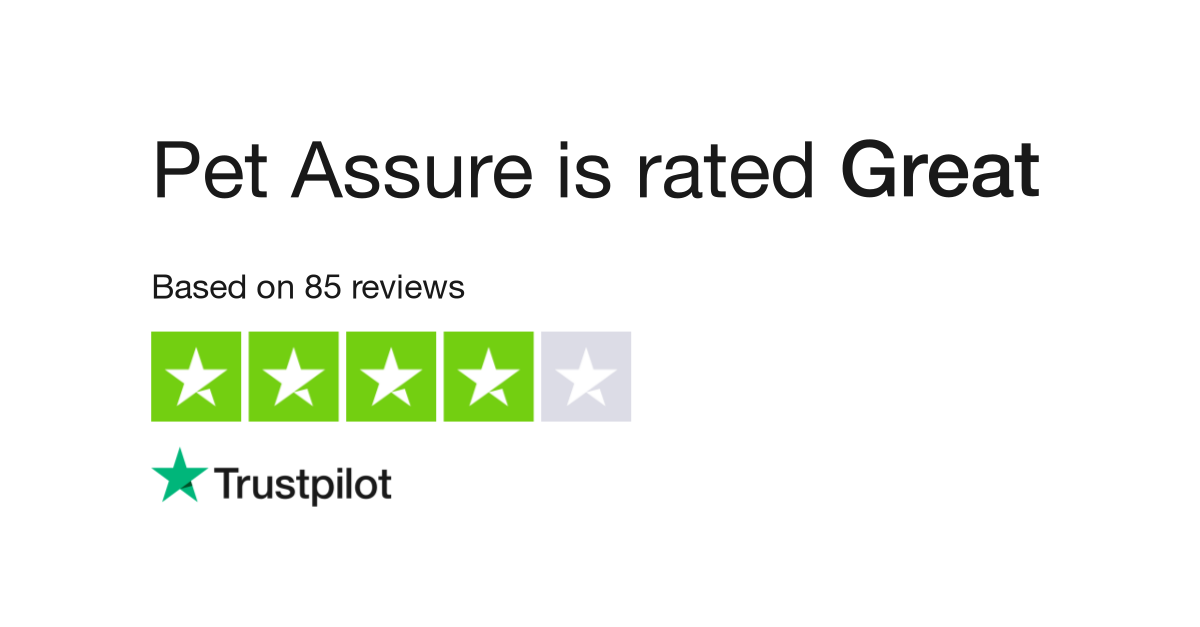
Catastrophic coverage is a type or health insurance that covers medical costs once your deductible has been met each calendar year. It is more expensive than other health insurance plans, but it will pay for much more of your medical bills. It is better to pay higher premiums as you will get more value for your money.
Affordable health insurance plans can be cheaper than catastrophic coverage
A catastrophic insurance plan pays for critical health benefits and has a high maximum deductible. These policies are designed to cover unexpected medical emergencies. The maximum out-of-pocket limit for a catastrophic plan is $8,700 per person in 2022, and $9,100 per person in 2023.
Catastrophic policies are not eligible for subsidy and are only available to some exchange enrollees. They are not offered in every region and are not shown automatically to people younger than 30. Additionally, only 1% of enrollees in exchanges will choose to take out a catastrophic plan each calendar year. A mere half of all enrollees nationwide on an exchange plan will be on a catastrophe plan by 2022.

Insurance for catastrophic illness
A catastrophic policy can be costly, especially for families with young children. This type of insurance has a high-deductible. A catastrophic insurance plan can often leave you with more than $7900 in medical bills. A silver or a gold plan will not cost as much if your family has to use multiple medical services over the course of a year.
You must research your options and compare your needs with the cost of routine medical expenses before you make a decision about catastrophic insurance. The average cost of hospitalizations and the monthly premiums that you would expect to pay are important factors. If you don't have health insurance, you can shop around on the federal government's health care marketplace or your state's marketplace. But, catastrophic insurance will usually have a higher out-of pocket expense and a higher deductible.
Benefits of catastrophic health insurance
Catastrophic healthcare insurance is a type insurance that can pay for unexpected medical expenses. These plans usually have low monthly premiums and high-deductibles. They are ideal for young, healthy people who rarely need medical attention. They can be costly if you're a senior and require medical supervision.
This type insurance policy covers most medical costs in full. These plans also guarantee that members will receive at least the minimum essential health benefits. These benefits include certain preventive health services, such as vaccinations. They also cover certain types and annual physicals.

You must be able to afford catastrophic health insurance if you are eligible for a hardship exemption
If you've recently lost your health insurance policy and are struggling to pay premiums, you may qualify for a hardship exemption to purchase catastrophic insurance. This exemption allows people to purchase health insurance at prices below eight percent of their income. There are many reasons for qualifying for this exemption, including bankruptcy, eviction, foreclosure, and a variety of medical expenses. Unemployed persons cannot be granted a hardship exemption. Catastrophic Insurance is more expensive than traditional, but you will be required to pay deductibles or premiums.
A Catastrophic insurance plan is available to anyone under the age of 30. You must apply for an exemption if your income does not exceed 8.09% of the annual income of those aged 30 or older. Once you have completed the process you can see your options in Pennie.